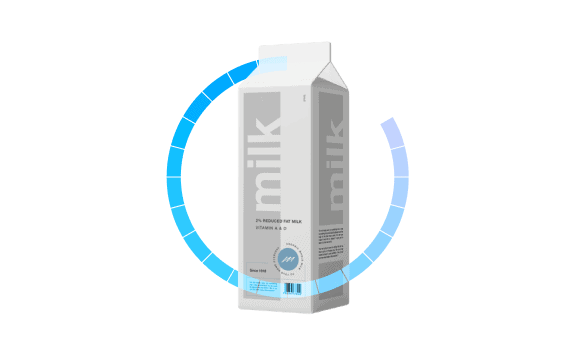Mergers and acquisitions (M&A) activity in the U.S. food and beverage (F&B) industry picked up pace in Q2 2023 as a result of greater selling pressure in the industry and buyers with available dry powder. Global shortages and supply chain constraints have been hampering raw material flow in the industry.
A total of 138 M&A transactions were announced or completed in the U.S. in Q2 2023, up by ~31.4% compared with Q1 2023 which had 105 transactions. Within the F&B industry, M&A deals with disclosed multiples transacted at an average EV/EBITDA multiple of 10.1x during Q2 2023, with the food products segment witnessing the highest transaction volume with 46 transactions, followed by the beverages sector with 33 transactions. Driven by the announcement of Ruth’s Hospitality Group’s acquisition by Darden Restaurants for $966 million, the total transaction value for Q2 2023 was ~$2.8 billion compared to ~$2.4 billion in Q1 2023.
Strategic buyers still account for the majority of M&A activity at 81% in the F&B space with the trend expected to continue as interest rate increases have had a cooling effect on leveraged buyouts by financial buyers. In Q2 2023, 344 M&A transactions were announced or closed globally at an average TEV/Revenue and TEV/EBITDA multiple of 3.2x and 11.9x, respectively.
Additionally, the relative stock price performance of the F&B industry outperformed the broader S&P 500 index, which has been decreasing since the beginning of 2022. By the end of Q2 2023, publicly traded food retail and restaurant businesses outperformed the S&P 500, suggesting increased investor confidence in these companies. Meanwhile, publicly traded beverage companies topped the charts in terms of median TEV/EBITDA multiple, which stood at 19.0x.
In Q2 2023 the F&B industry experienced an increase in consolidation with a focus on sustainability, health, digital transformation, and international expansion. Consumers are choosing not to visit restaurants as a result of high prices due to inflation. For the first time since inflation began to rise in mid-2021, restaurant prices have outpaced grocery prices on a 12-month basis(1). In addition, consumers are looking for easy to cook snack options which has contributed to sales growth of frozen products. The growing demand for frozen foods creates the need for more cold chain storage and an efficient supply chain. This leads to opportunities in the possible convergence of industries in the value chain. Environmental, social, and governance (ESG) is a significant trend impacting the F&B space, driven by the growing attention on companies’ impact on the environment, the customers they serve, and their practices across the value chain(2).
Financial Indicators point towards a possible recession driven by concerns about potential bank failures, this has made public companies focus on internally generated profits to counteract the negative market sentiments(1). Vendor relationships have become a prime concern amongst the largest industry players due to the scarcity of key industry material due to global shortages driven by the Russia-Ukraine War(3) and the likelihood of a drought in the Midwestern United States(4). There is a focus on marketing as consumers seek to shift to cheaper alternatives.
Rising costs of raw materials and labor remain a priority issue for F&B companies(5). Consumers are beginning to push back on rising prices, indicating further price increases are becoming more difficult to implement. There continues to be an abundant amount of capital in the market from excess cash on the balance sheets of public companies and private equity firms. Sellers in the market need to accept that it is a buyer’s market and have to agree to prices that were considered unacceptable two or three years ago. Buyers seek to consolidate the market to enhance product offering rosters to cater to a larger demographic.
Footnotes:
1.Harris Williams: Q2 Food & Beverage Sector. 2.Focus Investment Banking: Q2 Food & Beverage Sector. 3. Russia – Ukraine War Impact. 4. Drought in the Mid-West. 5. Kroll: F&B Industry Insights.


